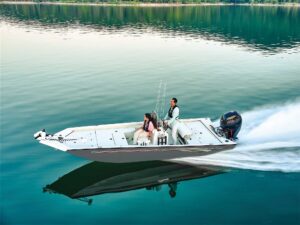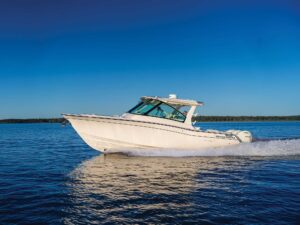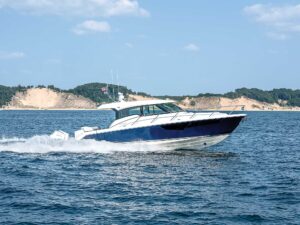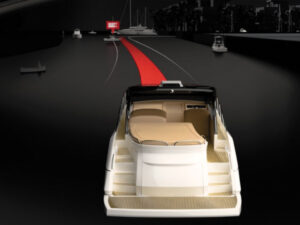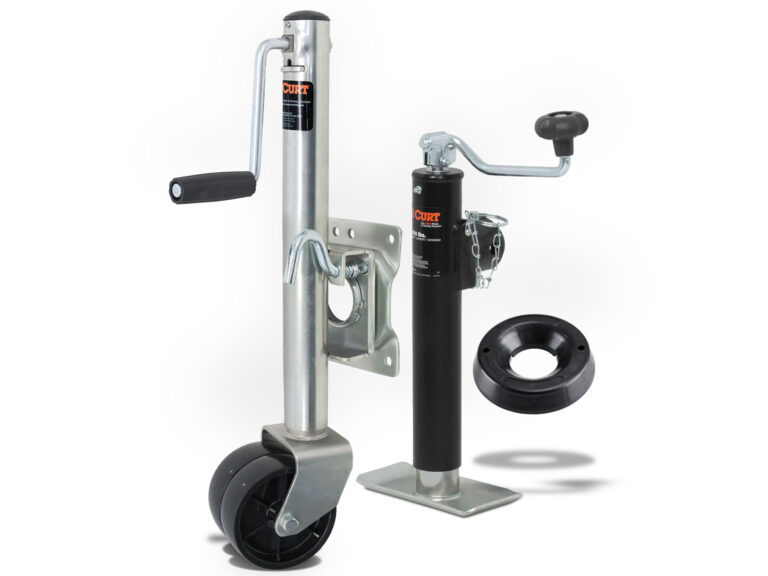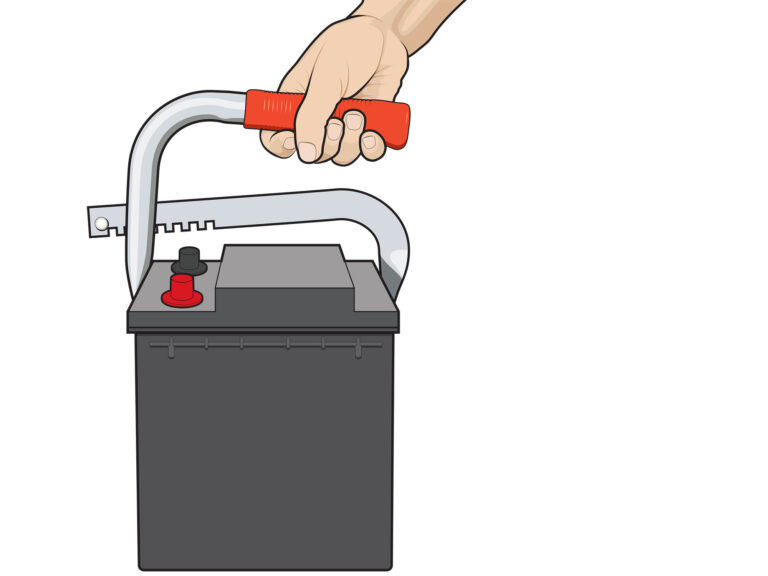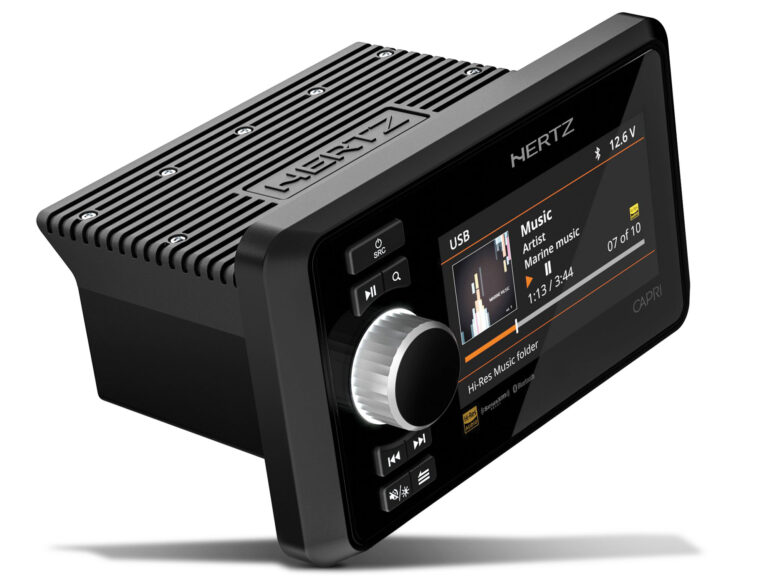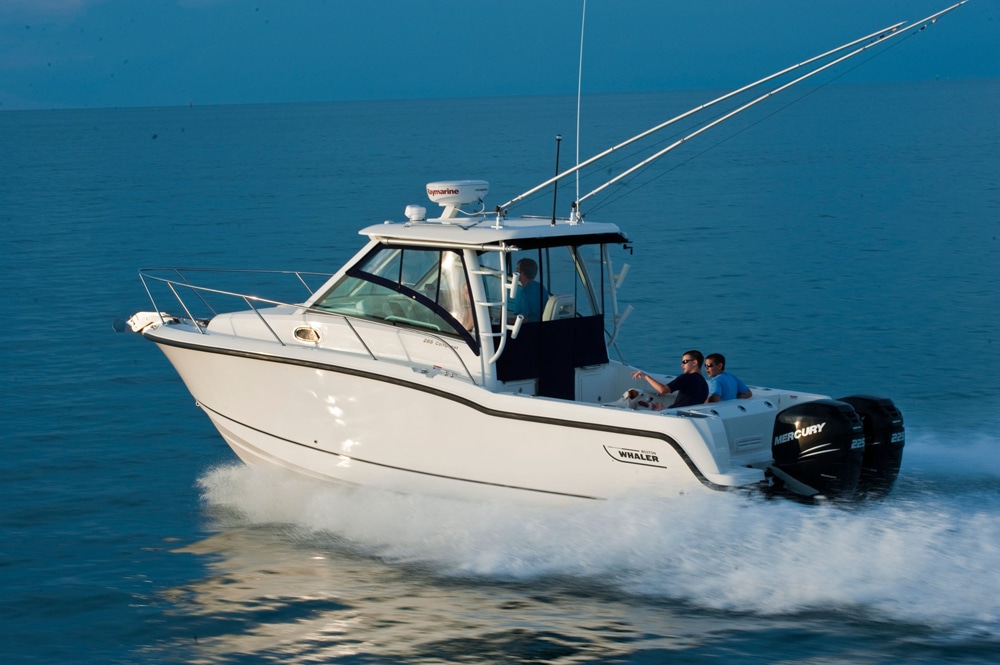
Boston Whaler 285 Conquest
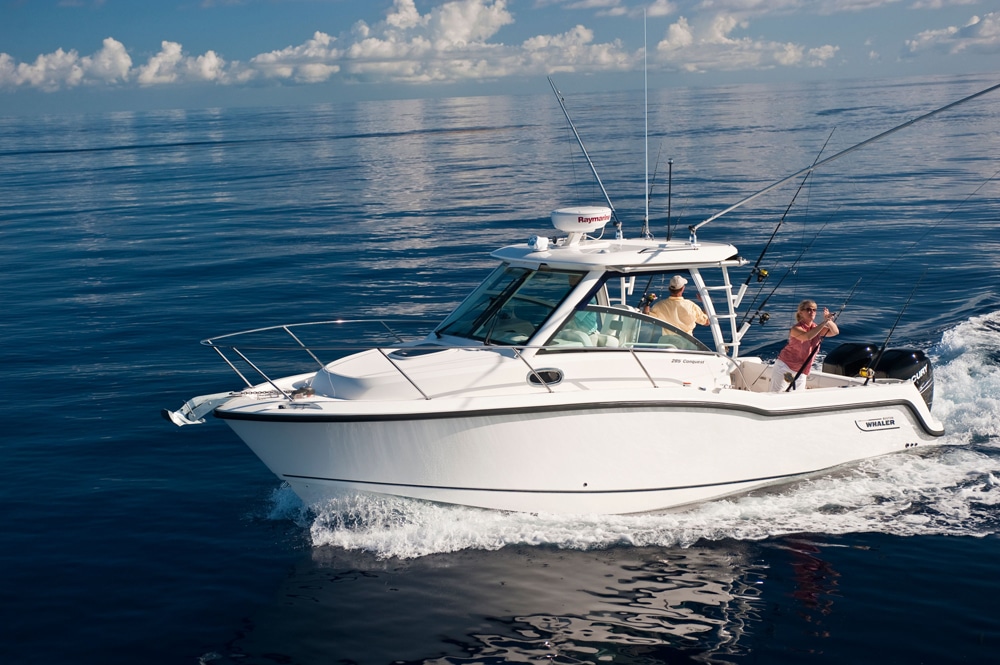
Boston Whaler 285 Conquest
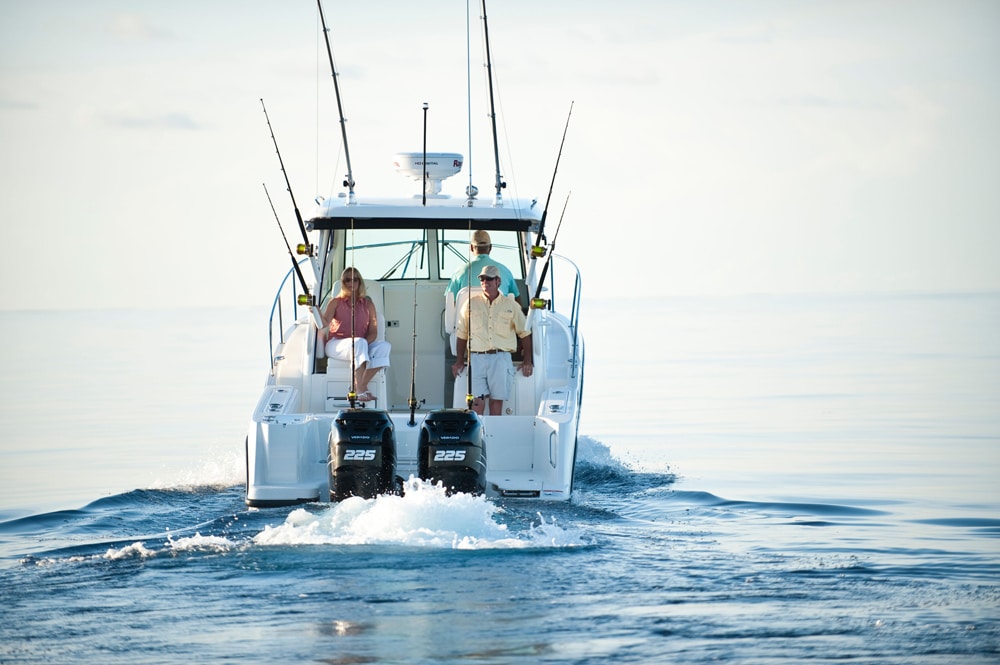
Boston Whaler 285 Conquest
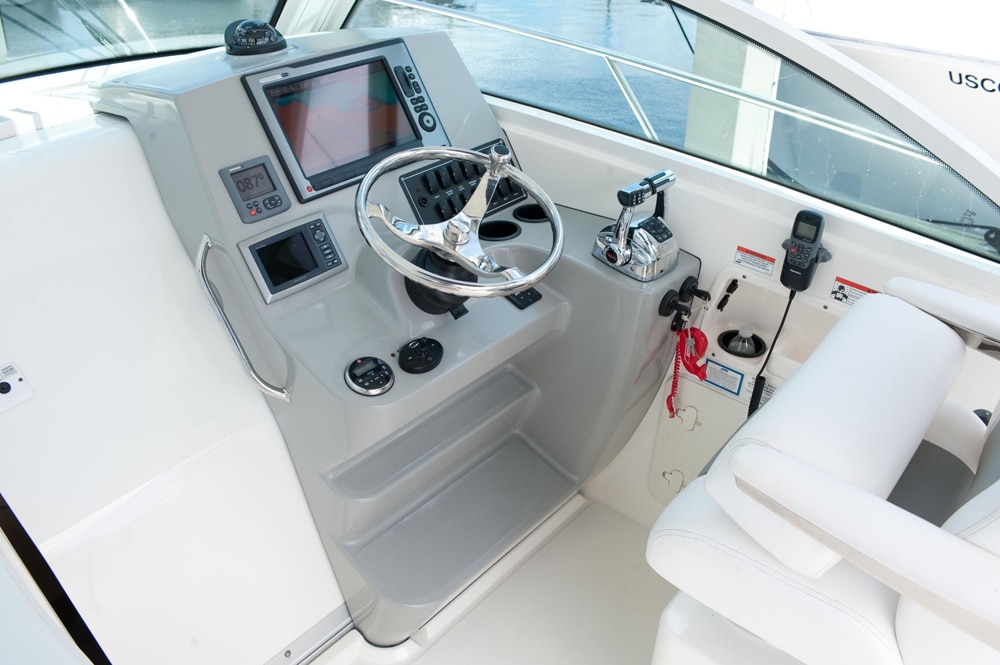
Boston Whaler 285 Conquest
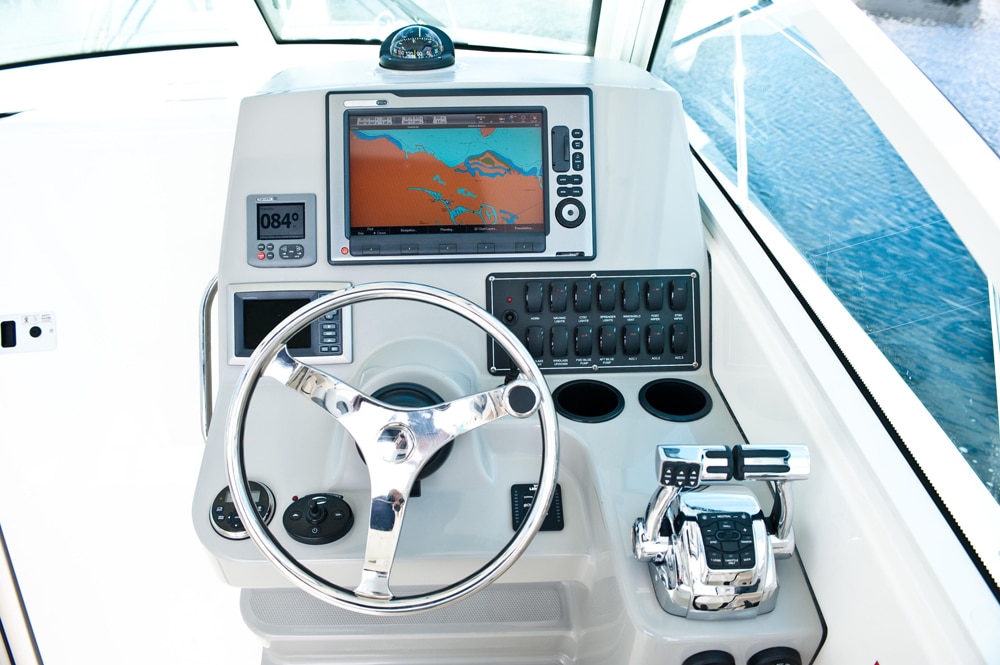
Boston Whaler 285 Conquest
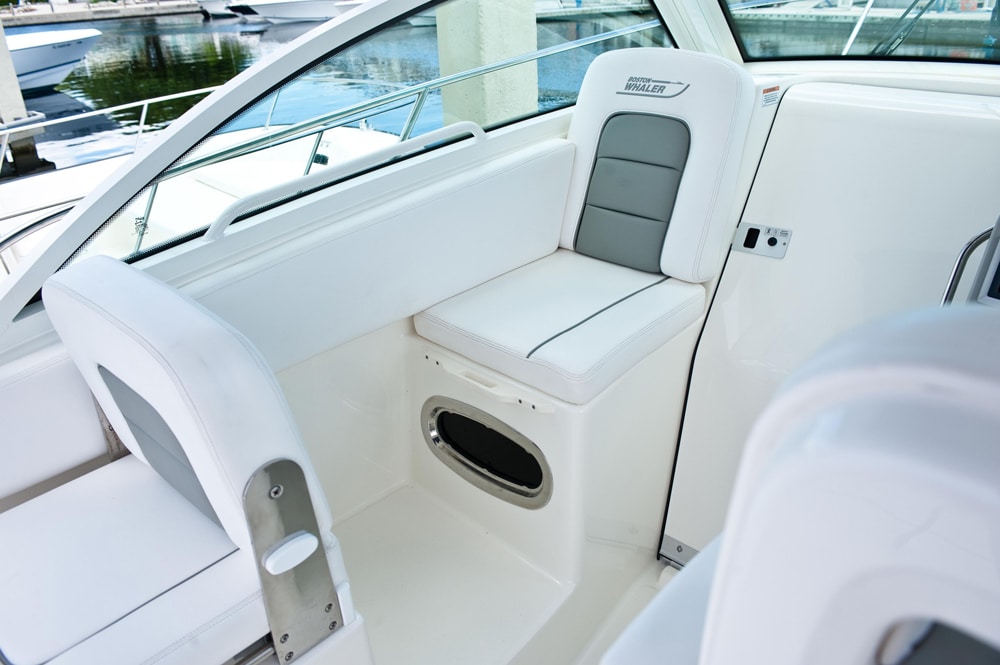
Boston Whaler 285 Conquest
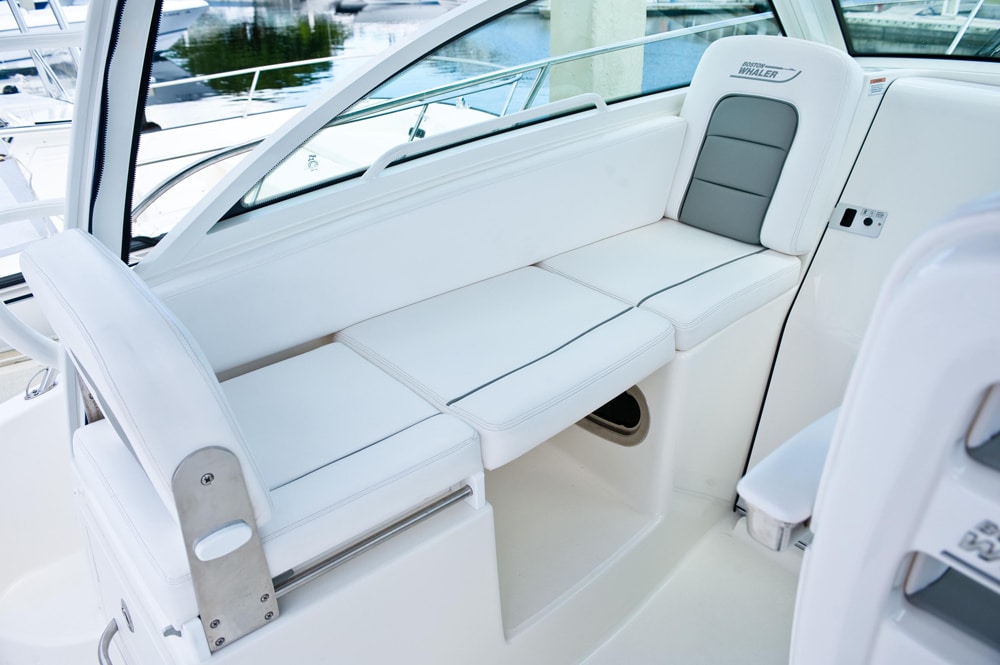
Boston Whaler 285 Conquest
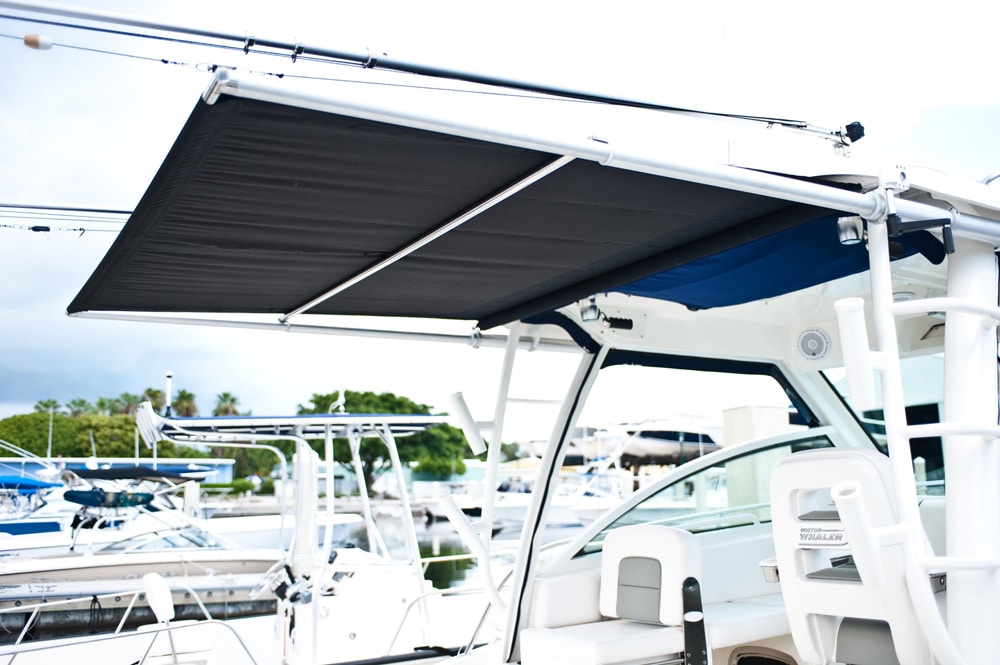
Boston Whaler 285 Conquest
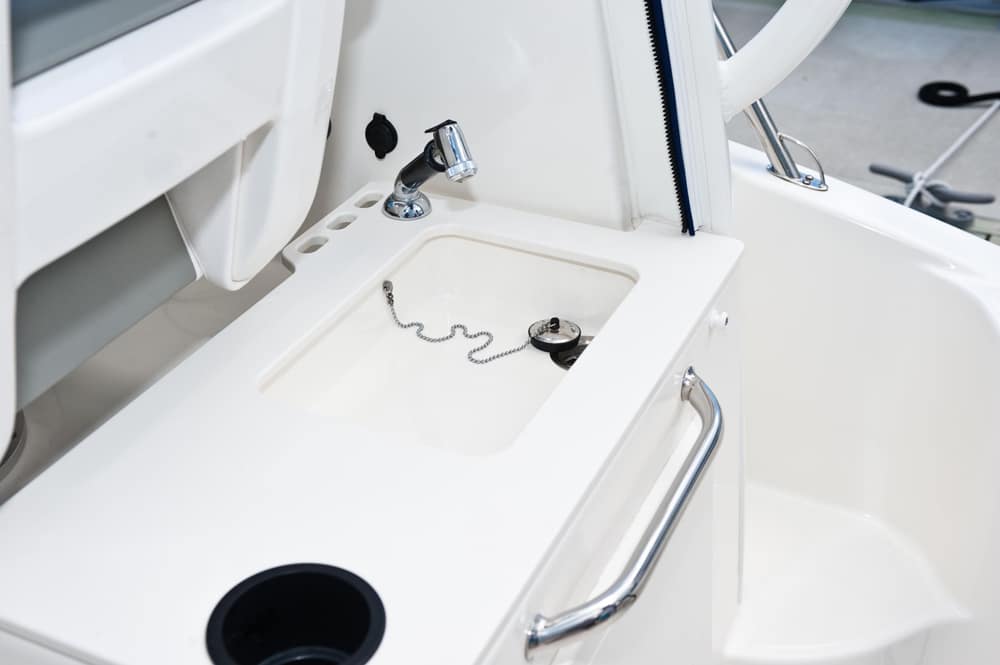
Boston Whaler 285 Conquest
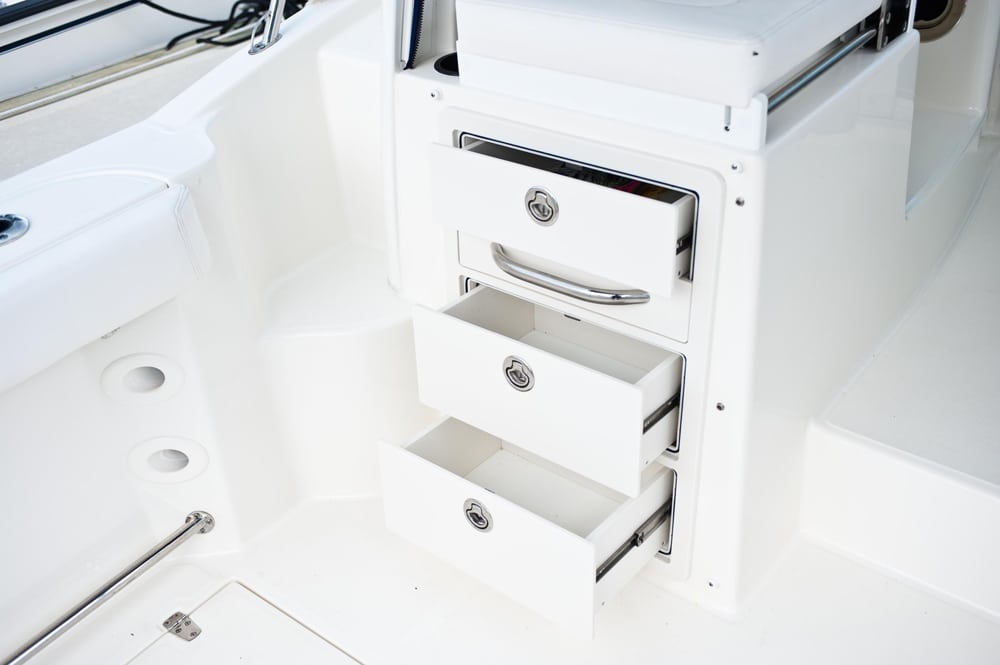
Boston Whaler 285 Conquest
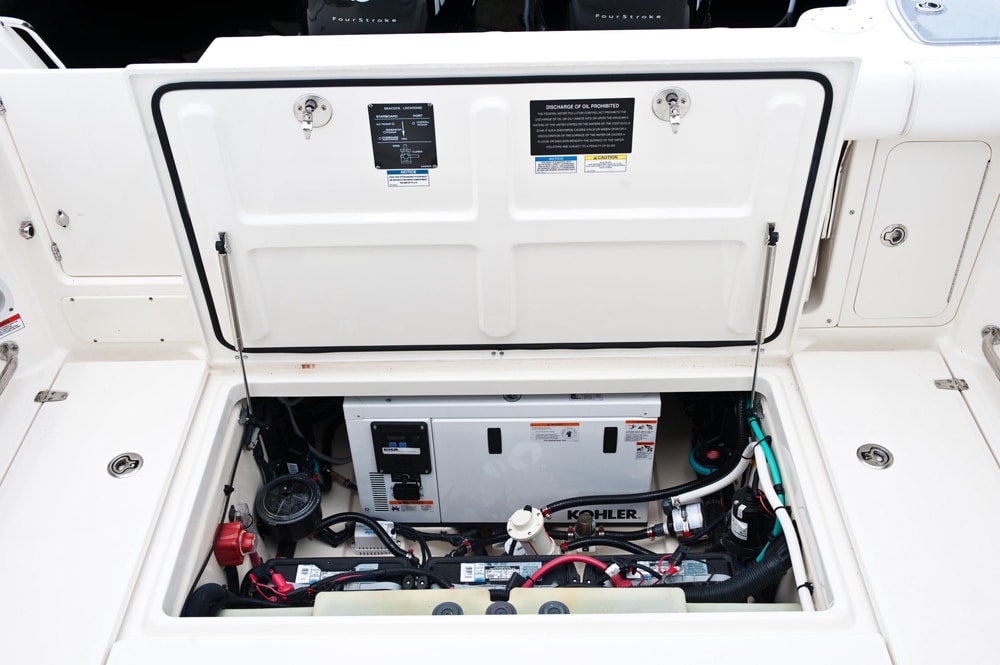
Boston Whaler 285 Conquest
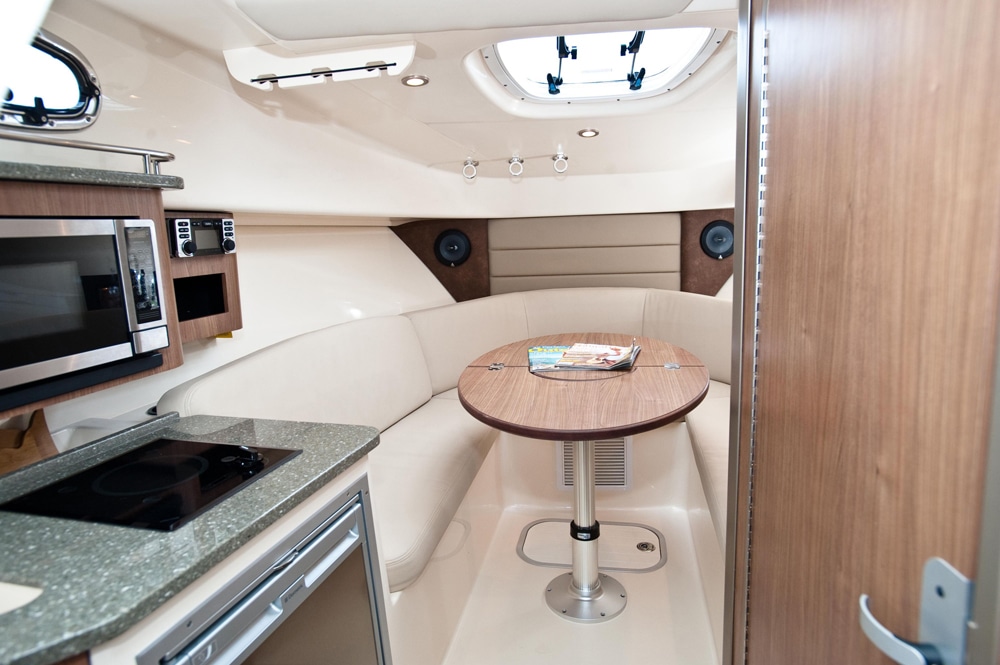
Boston Whaler 285 Conquest
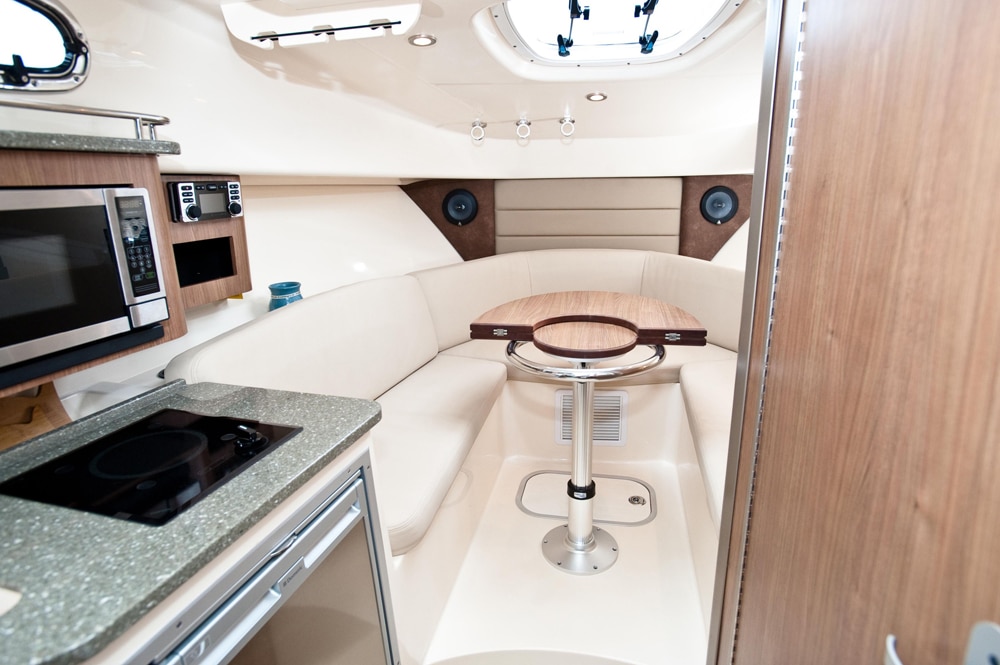
Boston Whaler 285 Conquest
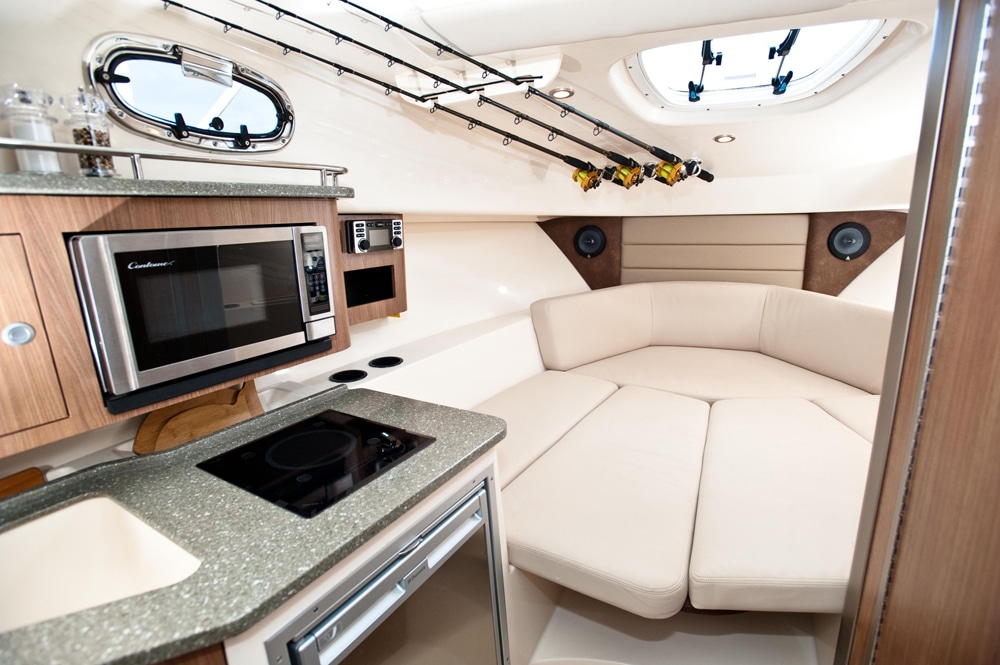
Boston Whaler 285 Conquest
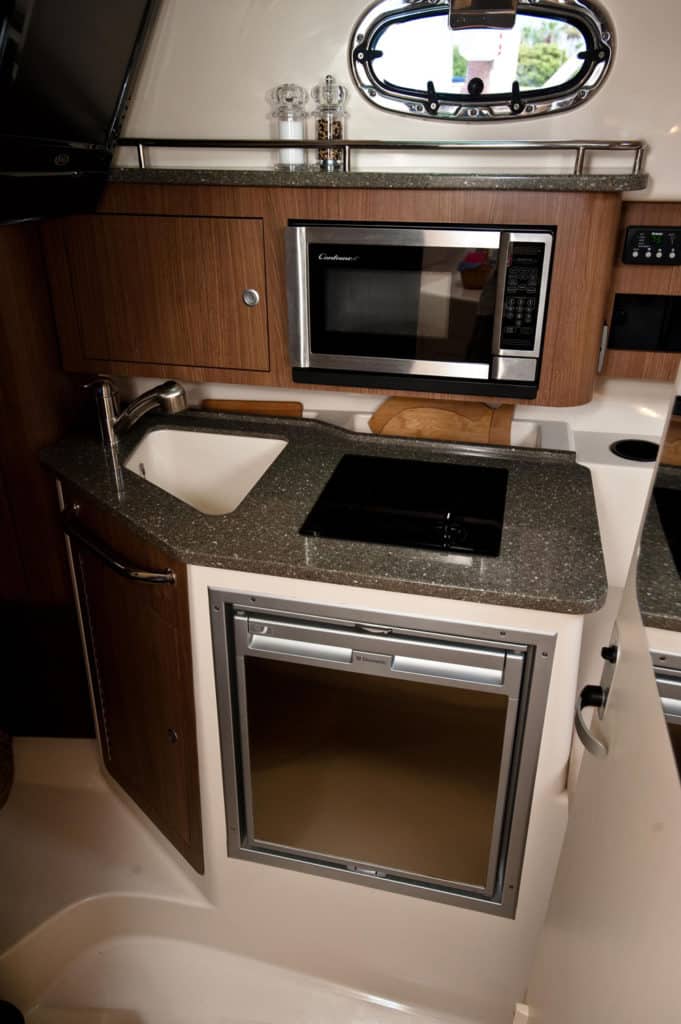
Boston Whaler 285 Conquest
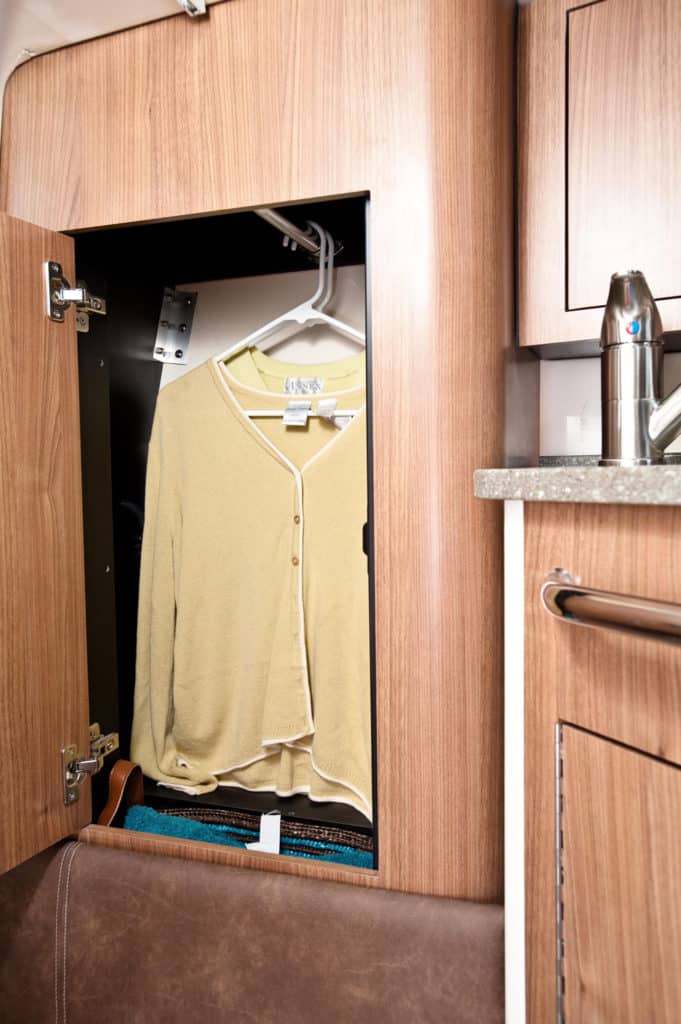
Boston Whaler 285 Conquest
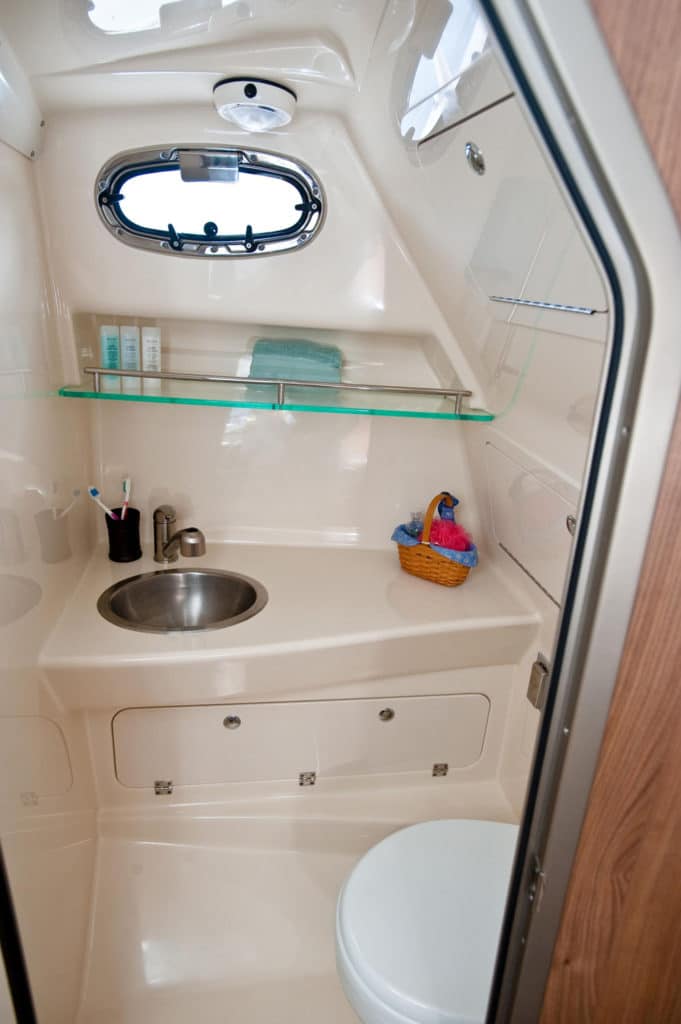
Boston Whaler 285 Conquest
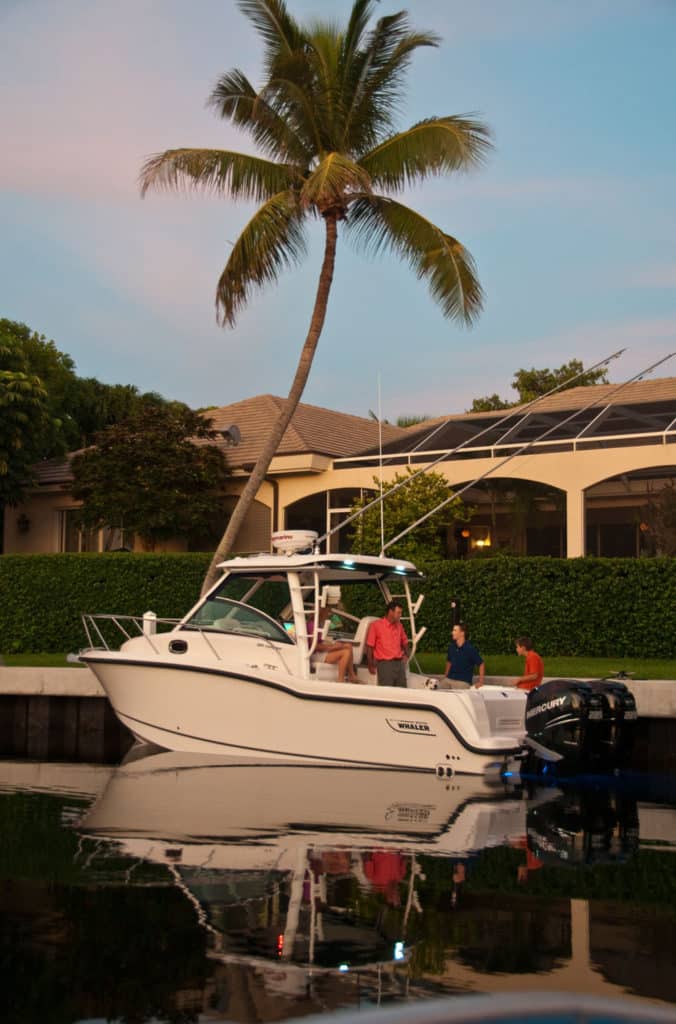
Boston Whaler 285 Conquest
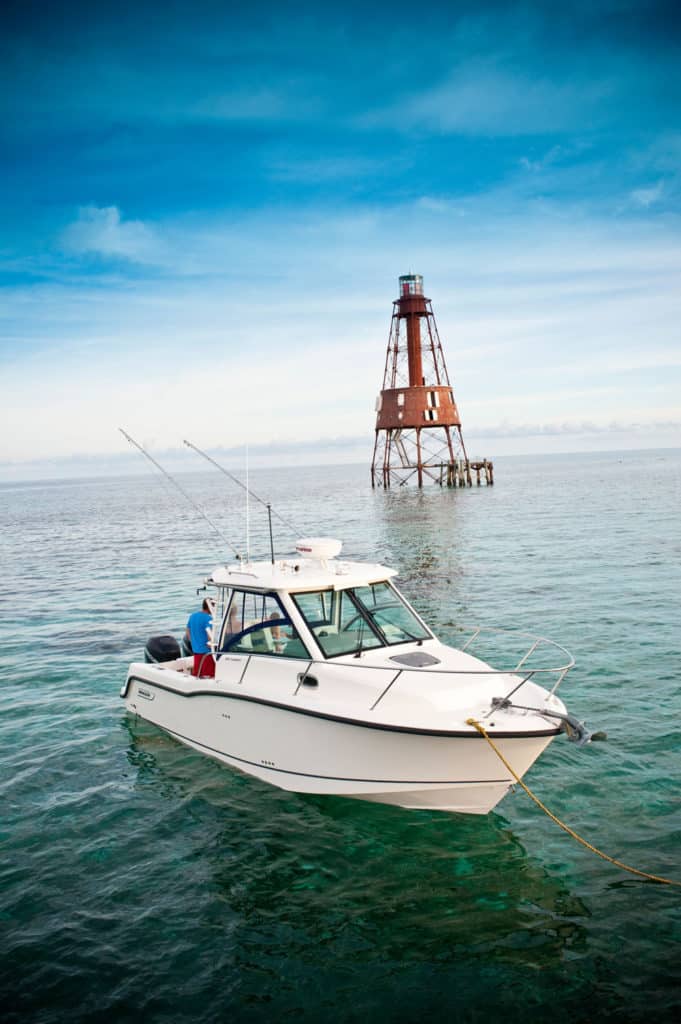
Boston Whaler 285 Conquest
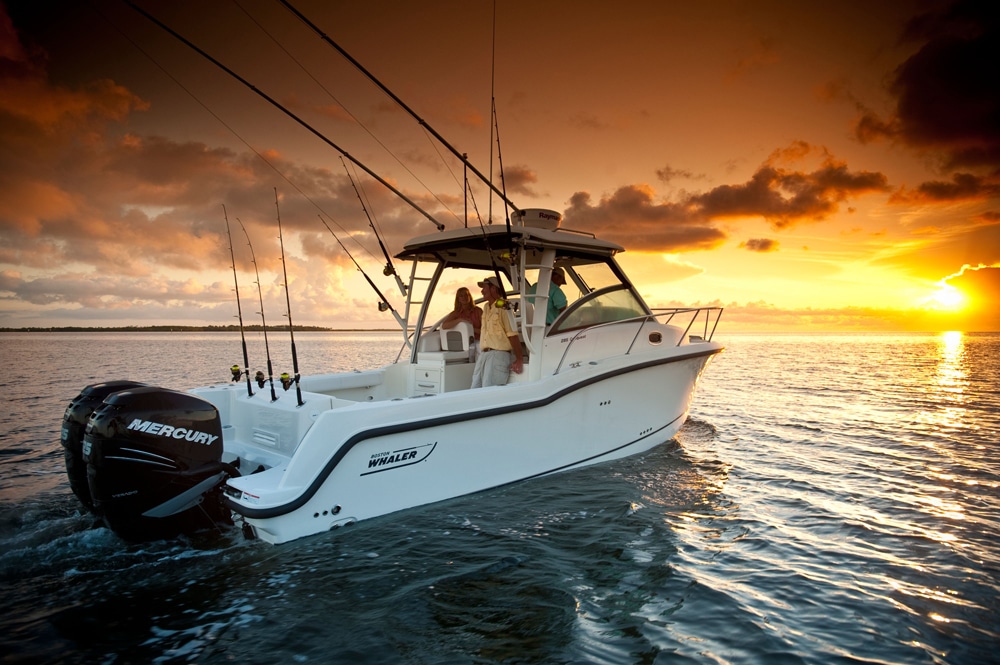
Boston Whaler 285 Conquest
With the 285 Conquest, Boston Whaler hit the multimission nail on the head. This boat works as well for day cruising and weekending as it does for serious blue-water fishing. Its accommodations include V- and midcabin berths with a comfortable helm deck and a spacious cockpit. The hull tames gnarly head seas, and boasts wide chines that provide great stability and knock down spray. This hull, coupled with a 214-gallon fuel tank located amidships, a triple bank of Group 31 batteries and twin 250 hp Mercury Verado outboards, rises onto plane evenly, providing clear sight lines and a wide range of efficient speeds to use for different sea conditions.
Finer points I admire include the way the V-berth’s filler section rises on a pneumatic strut, creating a dining table. Better yet, the tabletop folds up, allowing crew to slide in without banging their knees. An enclosed head with 5 feet 8 inches of headroom is to starboard. Opposite is a galley with refrigerator, microwave, sink and Corian countertop.
On the helm deck, an adjustable captain’s chair with armrests and flip-up bolster earn big points, as does the ergonomic dash with plenty of space for electronics. I gave extra credit for service access to the back of the helm. Aft of the helm chair, a bait prep station with sink and storage or an optional refrigerator ($1,316) stands at the ready. Opposite the helm, the adaptable companion seating serves as either an aft-facing lounge or a pair of seats with a foldout table. This seat system can also provide a shortened lounge with a seat facing the cockpit for watching the trolling spread. Beneath that seat are three tackle drawers.
Sheltering the helm deck is a stout hardtop with rod holders. The safety-glass windshield is integrated into the hardtop, with an ingenious central vent at the upper edge to force a breeze into the helm area when under way. That breeze is especially welcome when the helm is buttoned up with its Strataglass panels. An overhead compartment in the hardtop stows these clear panels. Alternatively, Whaler offers a pilothouse version of the 285 Conquest ($13,343 more than my tester’s base price). Order the full glass side windows ($2,313) for the regular version and split the difference. A diesel heater is available for both boats ($4,851).
The combination of a midcabin berth and a spacious helm deck isn’t unique among fishing boats in this size range. Grady-White’s Chesapeake 290 ($203,345 with twin Yamaha F250 outboards) is 8 inches longer, 5 inches wider and about 300 pounds heavier, with comparable performance. Its cockpit is larger, with space for a large transom fish box, and its head offers 6 feet of headroom.
The 285 Conquest’s cockpit offers your choice of under-gunwale rod, gaff and boat hook stowage or, as my test revealed, folding trolling seats ($884 each) built on hardy stainless brackets that operate smoothly. “Smooth” also applies to the stern bench seat. Fold down those seats to strip the cockpit for offshore action or for maintenance. There are two in-sole fish boxes, plumbed overboard, flanking a huge stowage area under a hatch that rises on gas struts. The hatch provides commodious access to the dual fuel pickups on the after end of the polyethylene fuel tank, as well as the three big batteries. All wiring and plumbing are neatly laid out and supported, and every hose clamp carries a plastic boot on its bitter end to prevent cuts on working hands. Whaler figures that boats built to last should be easy to maintain, and I agree.
For line-tending trips to the bow, the forward corners of the cockpit hold molded-in steps to the 7.5-inch-wide walkways, with solid handholds all the way to the stout 8-inch cleats and the anchor windlass. The chain locker drains overboard and holds a remote control for the windlass and a spare winch handle for emergencies.
Our test boat’s twin 250 hp Verados matched the hull well, purring softly at cruising speeds from 3,500 to 4,500 rpm (21 to 33 mph). They delivered fuel efficiency better than 1 mpg at those speeds for a boat whose running weight pushes 10,000 pounds. The most impressive element in our sea trial was the hull’s balance: Sight lines are clear at all speeds, with minimal bow rise climbing onto plane, and stability is good at rest. The optional bow thruster ($6,522) is a nice addition, for reliably precise maneuvering dockside.
Comparable model: Grady-White 290 Chesapeake
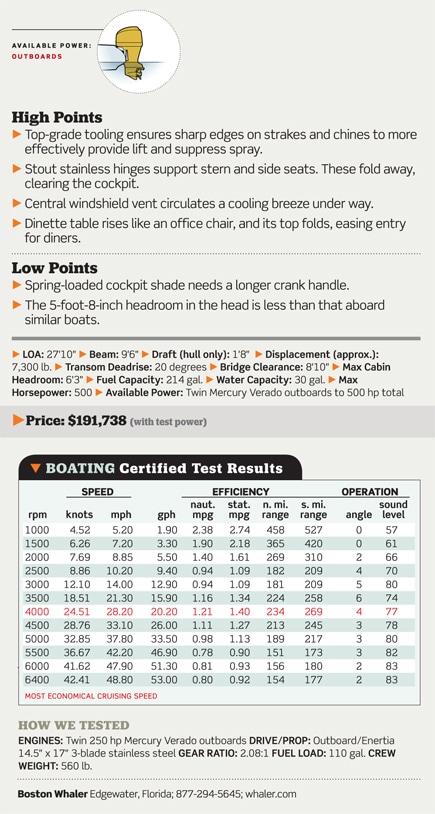
Boston Whaler – Edgewater, Florida; 877-294-5645; bostonwhaler.com

